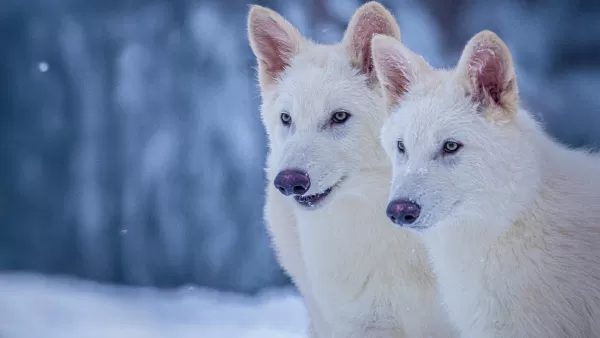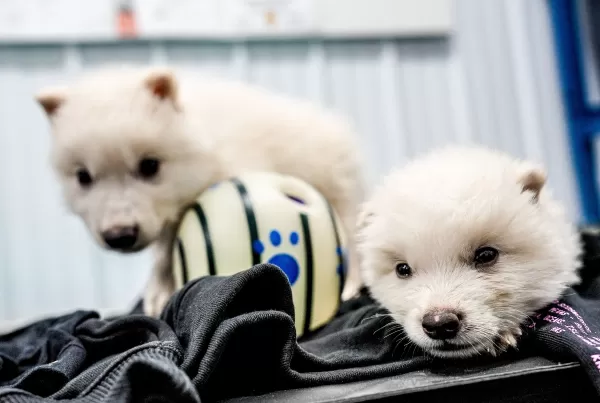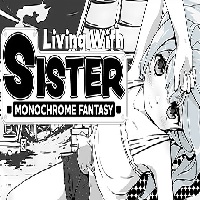Researchers Recreate Extinct Dire Wolves
Resurrecting massive prehistoric canines after 12,500 years of extinction might sound like the plot of a sci-fi horror film complete with gory special effects, but scientists have made it reality. Three dire wolves now reside at a secure US facility, marking a groundbreaking achievement in genetic engineering.

The team behind this scientific marvel is biotech firm Colossal Biosciences. Using gray wolf DNA, advanced gene-editing technology, and domestic dog surrogates, they successfully brought to life Romulus, Remus, and their sister Khaleesi. These magnificent creatures embody their mythical namesakes - massive, snowy-furred, and undeniably majestic.
"This historic breakthrough validates our comprehensive de-extinction platform," stated Colossal CEO Ben Lamm. "By extracting genetic material from a 13,000-year-old tooth and 72,000-year-old skull, we've produced healthy dire wolf pups. Arthur C. Clarke famously noted that advanced technology appears magical - today, we're revealing part of that magic and its conservation potential."

Colossal Biosciences previously garnered attention with their woolly mammoth-inspired mouse creation. By analyzing 59 ancient mammoth genomes (ranging from 3,500 to 1.2 million years old), they developed a furry rodent exhibiting mammoth characteristics. While critics argue these dire wolves are essentially gray wolves with cosmetic genetic alterations rather than true clones, the scientific implications remain profound.
The company's mission extends beyond viral content or exotic pet ownership. Their research aims to revolutionize wildlife conservation, using these technological advances to protect endangered species.
"Dire wolf de-extinction represents a paradigm shift in species preservation," explained Dr. Christopher Mason, Colossal's scientific advisor. "These genetic tools have dual applications: resurrecting lost species while safeguarding existing ones. This breakthrough exemplifies biotechnology's power to reshape conservation efforts across both extinct and living creatures."
The dire wolves reside in a USDA-approved, American Humane-certified 2,000+ acre sanctuary, attended by a specialized care team ensuring their wellbeing as research continues.
Latest Articles












![Roblox Forsaken Characters Tier List [UPDATED] (2025)](https://images.dyk8.com/uploads/18/17380116246797f3e8a8a39.jpg)


















